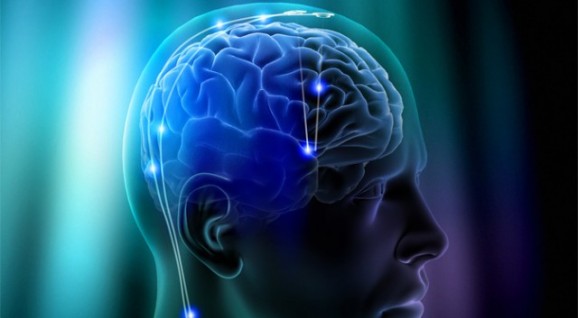DARPA Developing Brain Implants To Treat PTSD
This article is more than 2 years old
 Hey, look! It’s a DARPA program that isn’t designed to create the ultimate super-soldier! Actually, that’s debatable. Regardless, here’s a DARPA initiative that theoretically could benefit folks who aren’t embroiled in combat: developing brain implants for treating mental conditions such as PTSD.
Hey, look! It’s a DARPA program that isn’t designed to create the ultimate super-soldier! Actually, that’s debatable. Regardless, here’s a DARPA initiative that theoretically could benefit folks who aren’t embroiled in combat: developing brain implants for treating mental conditions such as PTSD.
The effort leverages recent research and success in deep brain stimulation, which has been shown to successfully treat Parkinson’s, among other conditions. Deep brain stimulation (DBS) involves implanting electrodes that deliver electrical impulses to affected areas of the brain. For Parkinson’s patients, a neurostimulator, which is similar to a pacemaker but is usually near the patient’s collarbone, regulates the impulses sent by the electrodes. DARPA’s approach would be similar in terms of the use of electrodes, but it also seeks to implant a chip, rather than a neurostimulator, to send and monitor the resulting signals and data to and from the brain and computers used by researchers.
DARPA is trying out two different techniques for the project. A University of California San Francisco team will attempt to rewire patients’ brains by reprogramming the brain’s circuits, which, if successful, would allow patients to remove the implants at some point. Another team from Massachusetts General Hospital will focus on identifying neurons and processes that contribute to neurological conditions including anxiety, memory loss, and slow reaction times. Their hope is that, by isolating single neurons, they could target treatments.
Although it operates under DARPA’s new Biological Technologies Office, the five-year, $26 million Systems-Based Neurotechnology for Emerging Therapies program is a result of the $100 million BRAIN (Brain Research through Advancing Innovative Neurotechnologies) initiative launched last year by President Obama. This particular program responds to the growing problem of PTSD and other neurological illnesses plaguing soldiers and veterans.
Instead of just treating the symptoms, DARPA seeks to alleviate the cause by adjusting the neurological systems that contribute to the condition, thus creating a “closed-loop diagnostic and therapeutic system.” Such an approach could revolutionize treatment and bring relief to countless patients — so long as it isn’t used to patch up soldiers and send them back into the fray.












